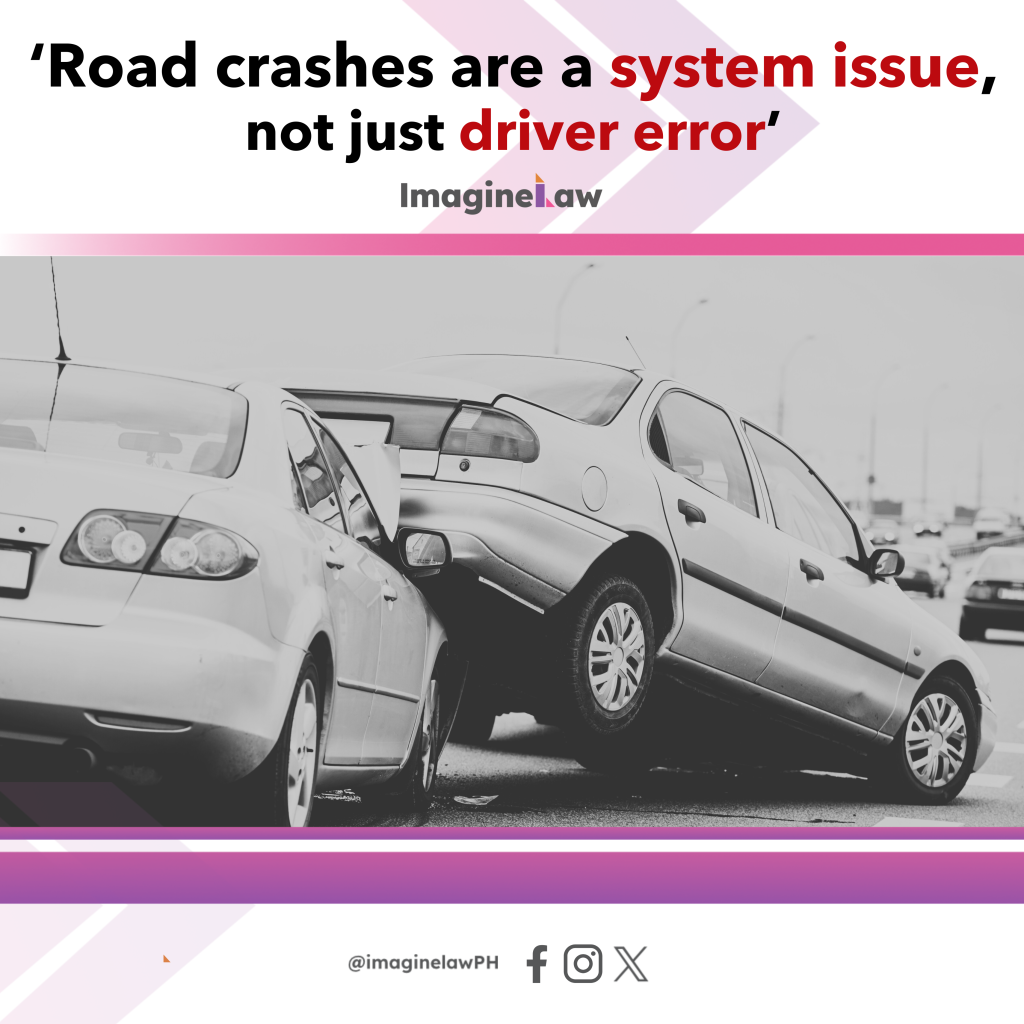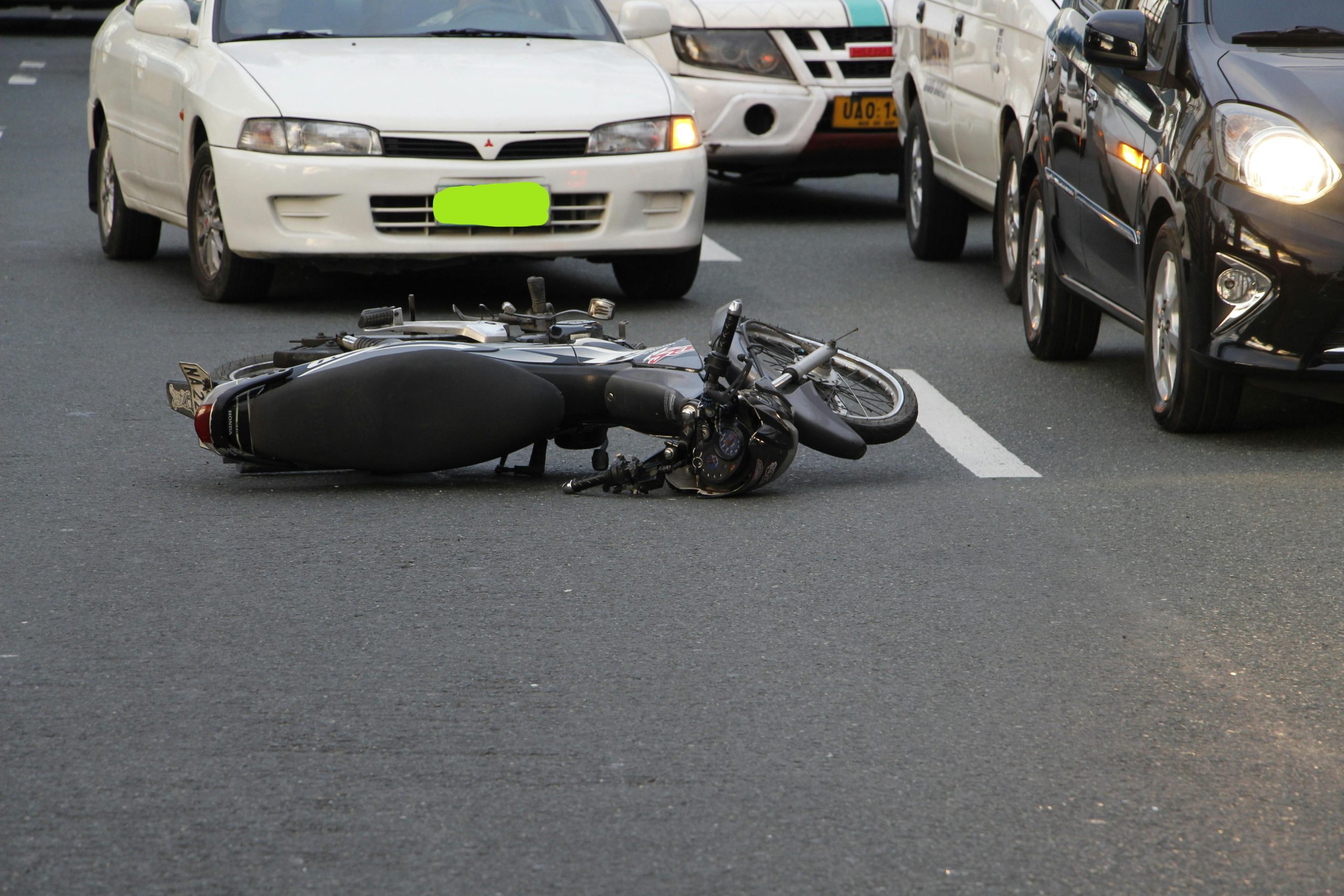In the wake of two deadly accidents on the Subic–Clark–Tarlac Expressway (SCTEX) and near Ninoy Aquino International Airport (NAIA), public interest law group ImagineLaw is urging the government to take a systemic approach to road safety, emphasizing that driver error is just one factor among many.
“When crashes like these happen, the knee-jerk reaction is to blame the driver,” said Atty. Sophia San Luis, Executive Director of ImagineLaw. “But road safety is a shared responsibility—between road users, planners, and regulators. We need to look at the bigger picture.”
Systemic Gaps Exposed by Recent Crashes
The SCTEX crash, involving a bus that may have been driven by a fatigued or sleeping driver, brought to light two persistent risk factors: speeding and impaired driving. ImagineLaw called for stronger enforcement through randomized and rotating speed checks, not just reliance on static speed traps along highways.

Beyond enforcement, the group emphasized the need to assess road design itself. “Are toll plazas and expressway exits designed to prompt drivers to slow down? Are visual cues and signage enough?” San Luis asked.
Meanwhile, the incident near NAIA, where a vehicle fatally struck a pedestrian, also revealed flaws in infrastructure planning. Drop-off points that face directly onto sidewalks create dangerous situations where minor lapses can quickly become fatal.
Existing Laws, Poorly Enforced
The Philippines has several road safety laws in place, such as the 2019 Child Safety in Motor Vehicles Act and the 2018 Joint Memorandum on Speed Limit Setting. However, ImagineLaw said these measures remain poorly enforced.
“We’ve trained over 170 Land Transportation Office (LTO) enforcers in speed enforcement,” San Luis noted. “Yet many LTO regional offices still lack the basic tools—like speed guns—to do their jobs.”
Likewise, the group pointed out that Republic Act No. 11229 remains largely unimplemented, despite its potential to prevent injuries and fatalities in road crashes involving children.
Call for Government Action
The Department of Transportation’s recent move to create a road safety task force—only after the latest incidents—reveals a longstanding lack of institutional focus on the issue, ImagineLaw said.
In response, the organization is calling on government agencies to step up: prioritize enforcement, improve road and vehicle safety standards, and integrate road safety into planning and infrastructure development.
“These tragedies should be a wake-up call,” said San Luis. “Road safety isn’t a luxury or a side issue—it’s a matter of life and death. Every one of us is a road user. It’s time the government treats road safety as a top priority.”
